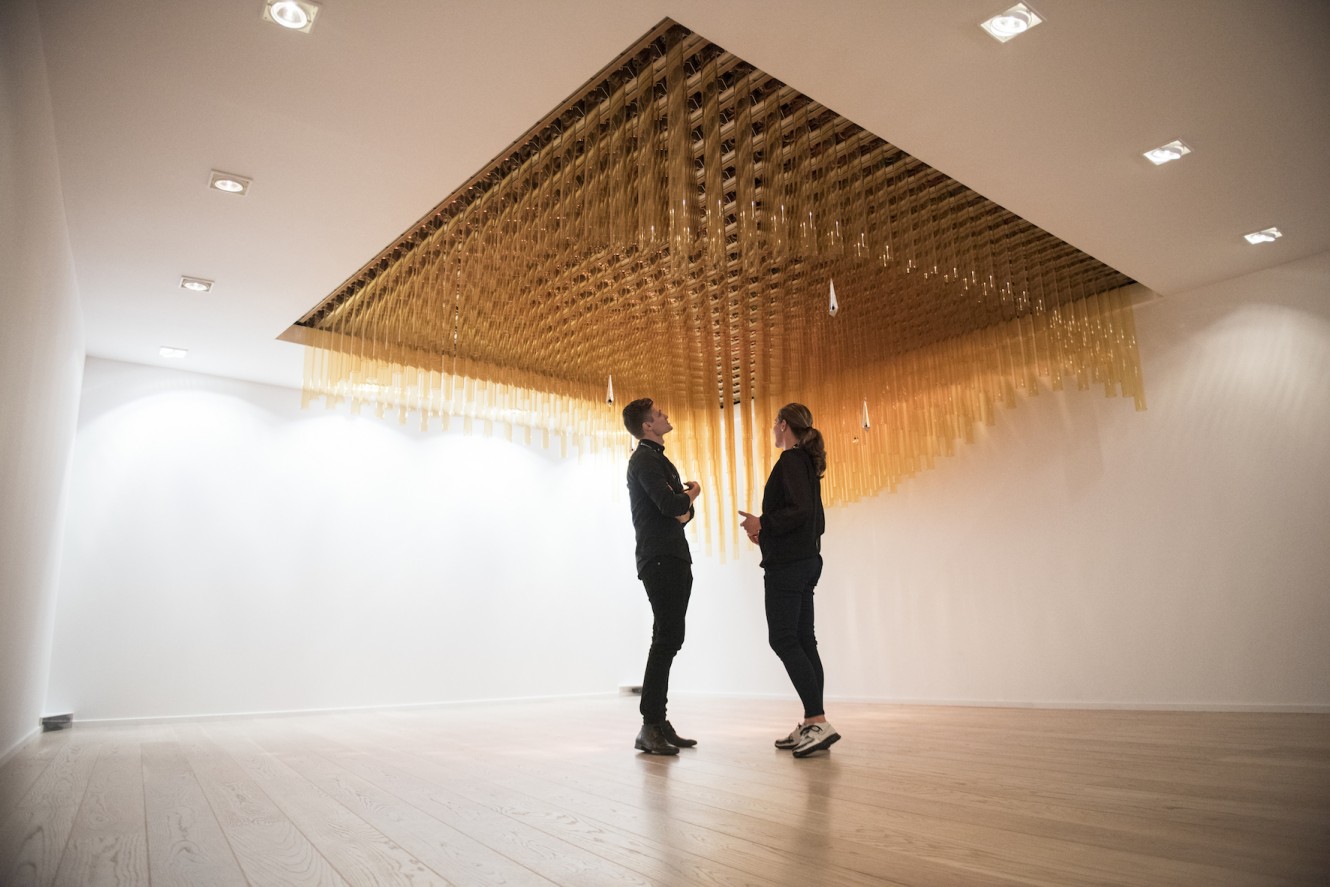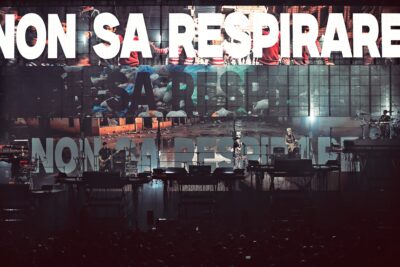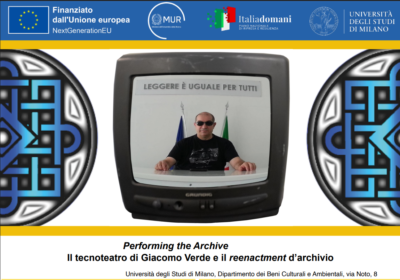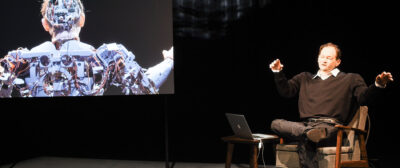“Breaking the Surface” is a conceptual installation created by Scandinavian design group for the 10-year anniversary of the Norwegian oil company Lundin Norway. It was first exhibited as a central part of the company’s pavilion at the ONS energy convention in Stavanger, Norway (August 2014) and will later be mounted as a permanent installation in the company’s headquarters in Lysaker, Bærum, Norway (August 2015).
“Breaking the Surface” in many ways reflects Lundin Norway’s pioneering and innovative attributes by pushing technological boundaries. The installation draws inspiration from how the company’s geologists and geophysicist’s look at the world below sea level through detailed reconstructions of sub-surface landscapes created from seismic imaging and drill samples. An abstract representation of this landscape is created from a matrix of 529 acrylic pipes piercing the ceiling between the first and the second floor, creating organic rock-like formations on the first floor reflected as an ocean surface on the second.
Solution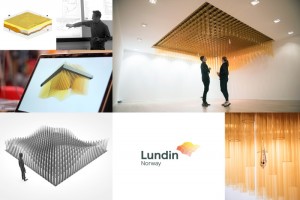
The advanced technology used in the installation includes a series of sensors able to track the movements of visitors and adjust the movement of the tubes accordingly. The experience created is inherently interactive, with the tubes dodging the heads of passers-by and echoing the graceful movements of ocean tides. The effect is achieved through a complex system of sensors, pipes, and moving mechanical parts designed to be controlled by a customized openFrameworks setup, with additional add-ons created by the designers themselves.
Six crystals hang within the forest of acrylic tubes and encapsulate actual oil samples from Lundin’s most important discoveries. Designed for a Scandinavian energy conference in August 2014, the two-story installation will by August 2015 be a permanent fixture at the new Lundin’s offices in Norway.
The installation consists of 23 by 23 custom made brackets designed to steer and drive the motion of each individual pipe. Each module is made up of a flexible stainless steel construction, housing an industrial servomotor, one drive wheel, six supporting wheels and a capacitive sensor for position compensation every time a reference point inside the pipe passes through the bracket. All of these modules are mounted in rows of 23 with all of the electronics mounted on the end of each row. These modules are then connected to the overall control system running on four industrial PCs. The mechanical system is designed to be embedded in the floor between the two stories. The sensory layer is designed to deal with a demanding tracking situation in a tight space and the need for redundancy to ensure no blind spots.
Project page
Press
creativeapplications.net
wired.com
archdaily.com
Partners
Robotics engineer – James A. Fox / Abida
Architect – KONTUR / Ctrl+n
Building engineer – KONTUR
Mechanical design / Installation – Intek Engineering
Industrial design – Pivot Produktdesign
Awards
Gold, Gullblyanten 2015
Two nominations at Gulltaggen 2015
Norwegian Design Council Award 2015 (Merket for god Design)

